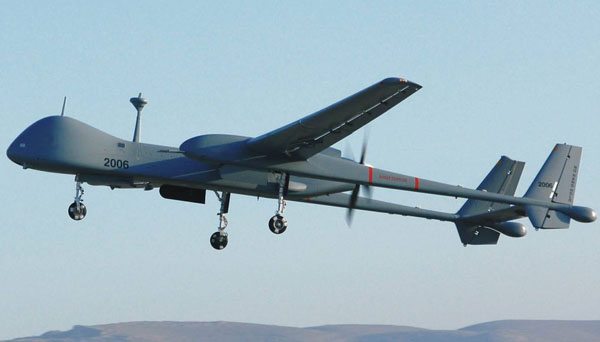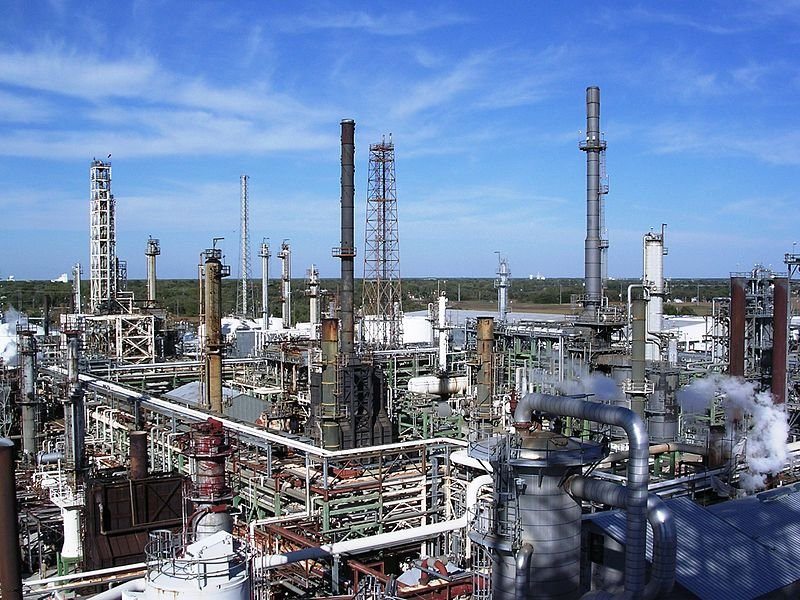Global spending on payloads and subsystems for military and security purposes has jumped in recent years on the back of a surge in unmanned aerial vehicle (UAV) deployment. Behind the growing use of UAVs lies increasing eagerness on the part of governments worldwide to harness unprecedented intelligence, surveillance, reconnaissance, communication and attack capabilities provided by sensors and payloads carried by expendable aircraft.
As a result, an increasing number of companies continue to expand into the market for sensors, radars, cameras, signals intelligence (SIGINT), detection, communications and weaponry intended for unmanned systems. Visiongain’s The UAV Payload and Subsystems Market 2011-2021 report calculates that the global UAV payload market – including weaponry, electro-optical/infrared (EO/IR), radars and lasers, intelligence sensors, communication devices, navigation sensors and detection sensors – will reach $2.9bn in 2011.
The pressure on manufacturers to produce payloads and sensors that are capable of delivering more advanced imagery, stronger processing power, higher-capacity storage solutions, intensified electronic warfare (EW) capabilities and sharper intelligence grows continuously.
State buyers increasingly demand sensor packages that can provide more on-board autonomy, less burdensome weaponry and more sensitive intelligence, surveillance and reconnaissance (ISR) without an exponential jump in costs or weight.
Although the unmanned-system payload and subsystems market is naturally constrained by the development and direction of UAV size, weight and power (SWaP), visiongain sees payload development outpacing vehicle development on a technological level. In terms of sale volumes, the use of multiple sensors and the stocking of substitute sensors for changes on the field divorce the respective unit sale figures of sensors and their carriers.
Indeed, over the longer term, payload manufacturers – particularly at the higher end – must continue to struggle to meet the key unique selling point of UAVs, that is to say their ultimate expendability, while meeting demand for more advanced technology and suppressing costs. Visiongain believes this will remain a determinant of the size of UAV payload market – and the UAV market itself – going forward.
The need to fill gaps in capability will inevitably continue to drive payload development and sales. Shortcomings in communications and data systems that limit the amount of real time video transmission will need to be overcome as demands for higher-resolution imagery or video increase.
Indeed, the lack of more advanced communications and data capacity is arguable restricting the development of detection and avoidance technology, particularly where these are based on on-board, autonomous actions by the UAV using sensors.
The UAV Payload and Subsystems Market 2011-2021 report quantifies what it sees as significant growth in UAV payload spending over the next 10 years, while providing analysis to support its country-level and subsector-level forecasts.











